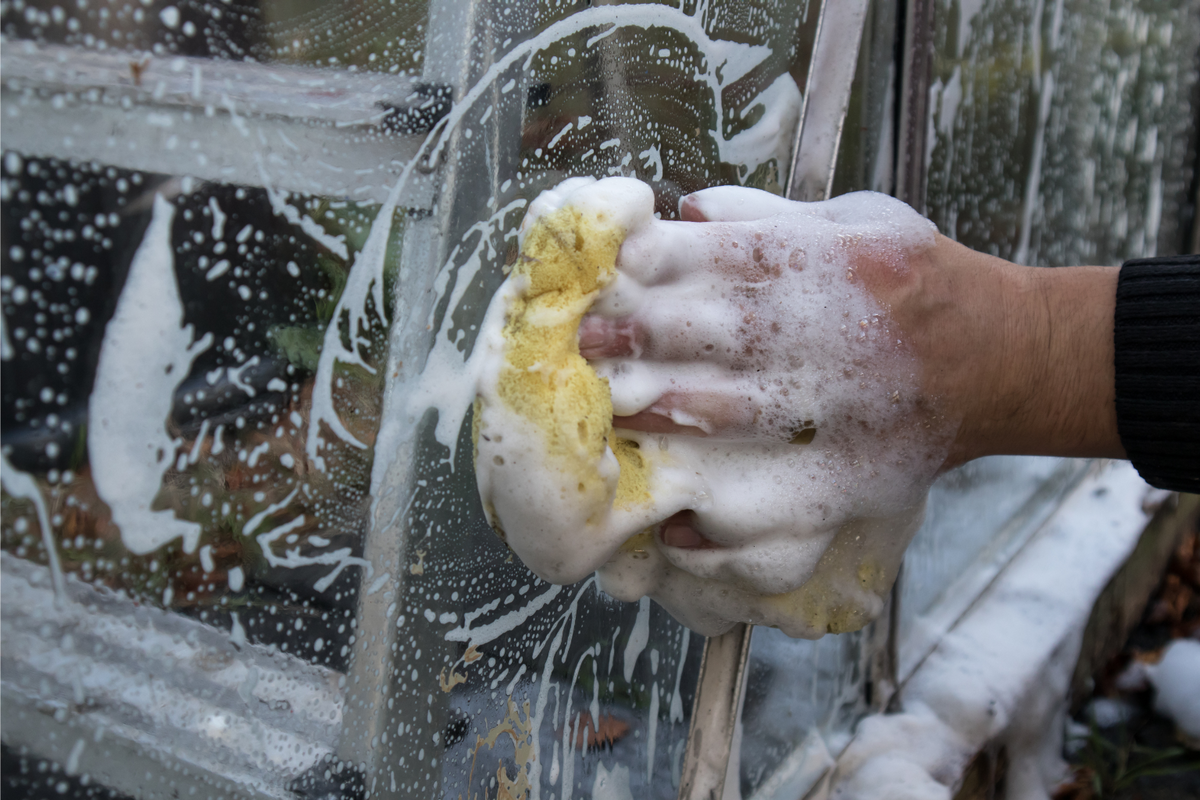
Preparing Your Greenhouse for the Growing Season
|
|
Time to read 5 min
 You are being redirected to QC Supply Pharmacy, where you’ll find a wide selection of high-quality prescription and pharmaceutical products for animals of all sizes.
Enjoy the same great service and expertise you trust from QC Supply.
Click below to continue shopping.
Continue
No thanks, stay on the main site
Powered by
You are being redirected to QC Supply Pharmacy, where you’ll find a wide selection of high-quality prescription and pharmaceutical products for animals of all sizes.
Enjoy the same great service and expertise you trust from QC Supply.
Click below to continue shopping.
Continue
No thanks, stay on the main site
Powered by


|
|
Time to read 5 min
Table of contents
As the growing season approaches, now is the perfect time to inspect, clean, and upgrade your greenhouse to ensure optimal plant health and efficiency. A well-maintained structure not only extends the life of your equipment but also helps prevent pest and disease issues while improving growing conditions. Taking proactive steps now can save time and resources later in the season.
A clean greenhouse is essential for preventing the spread of disease and maximizing light penetration. Over time, dirt, algae, and plant debris can accumulate on surfaces, reducing efficiency and creating breeding grounds for pests in your greenhouse.
Start by removing any plant material, weeds, or organic matter left over from previous crops. Next, scrub the greenhouse frame, benches, and pathways with a horticultural disinfectant to eliminate bacteria and fungal spores. Be sure to wash greenhouse coverings...whether polycarbonate, glass, or plastic, to remove dust and algae buildup that can block sunlight.
Irrigation systems also require attention in your greenhouse. Flush out lines, clean filters, and inspect for any blockages or leaks that could impact water flow. Ensuring that irrigation components are functioning properly will help maintain consistent moisture levels throughout the growing season.
Winter weather and general wear and tear can take a toll on greenhouse structures. Conduct a thorough inspection to identify any necessary repairs before planting begins.
Catching small issues in your greenhouse now can prevent major disruptions once plants are in place.
Investing in greenhouse improvements can lead to better energy efficiency, more consistent plant growth, and reduced labor. Consider these upgrades to optimize your growing environment:
With structural repairs completed and equipment inspected, the last step is to stock up on essential supplies. Having pest control solutions, fertilizers, growing media, and spare parts on hand prevents unnecessary delays once plants are in place.
Before bringing in new crops, perform a final systems test. Run heating, ventilation, irrigation, and lighting systems to confirm everything is operating as expected in your greenhouse. Adjust thermostats, timers, and airflow settings as needed to create the ideal growing environment.
At minimum, a thorough cleaning should be done at the start and end of each growing season. Spot cleaning and regular maintenance throughout the season will help keep conditions optimal.
Yes. Choose horticultural or agricultural disinfectants like Synergize® that are safe for plants and effective against pathogens. Avoid household cleaners, which may leave harmful residues.
Start by flushing the lines, inspecting for leaks, and cleaning filters. Turn on your system and check for even distribution and pressure drops.
Make sure fans, vents, and louvers open and close easily. Test fan speeds and airflow. If humidity or heat buildup lingers after running the system, it may be time for maintenance or upgrades.
Yes, especially in commercial or high-efficiency greenhouses. Thermostats and humidity controllers help maintain ideal conditions and can reduce waste from overwatering or inconsistent heat.
Clean and disinfect greenhouse surfaces to reduce pests and disease.
Inspect structures, fans, and irrigation systems before planting.
Upgrade heating, lighting, and automation for better efficiency.
A Successful Greenhouse Season Starts with Preparation
Taking the time to clean, inspect, and upgrade your greenhouse before the growing season begins ensures a more efficient, productive year. By addressing potential issues early, you can focus on growing strong, healthy plants without unexpected setbacks.


